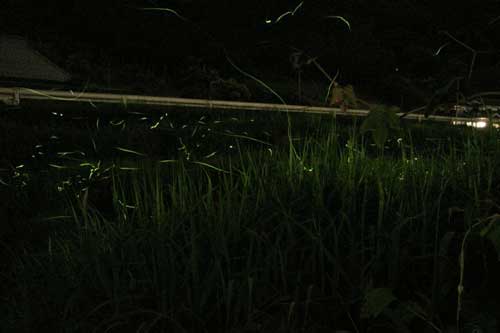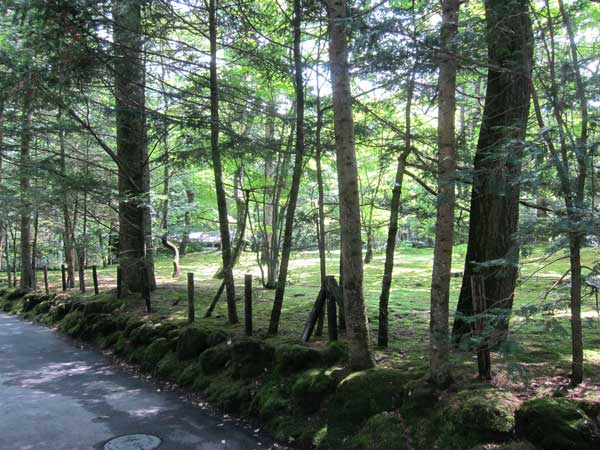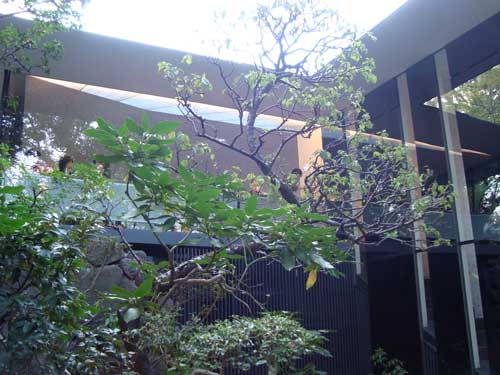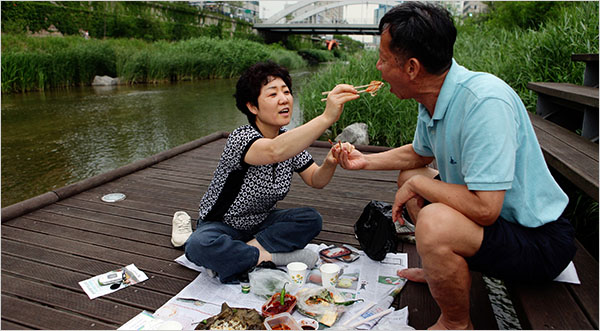
On the Nodai trip, Suzuki sensei told me of the work he is doing with a Shinagawa school to create a firefly habitat. This summer he took a middle school class to the countryside to experience fireflies. Once there, he also told the kids that they would have to help out in a rice field– a rare experience for most city kids.
Suzuki sensei is now leading meetings with the school about creating a firefly habitat on or near the school yard at Ono Gakuen Joshichuu Gaku (小野学園女子中学). Fireflies require clean, running water, and the school has the rights to unused wells and is near a stream that has been covered in concrete for decades.
The project has a small funding from the Japanese Ministry of Education, and in addition to Nodai, other participants include school administrators, parents, firefly habitat expert and Nodai alumnus Sakurai Jun (櫻井淳), and a specialist from the Tokyo Four Seasons Hotel (Chinzan-so), which is famous for its urban firefly garden.
In Japan, fireflies are associated with agriculture and rice paddies, and is the title of a chapter of the thousand year old novel The Tale of Genji. Fireflies are also associated with the folklore of hitodama, fiery apparitions of the souls of the recently dead that trick and beguile the living.
I am very inspired by Suzuki sensei’s vision for bringing nature and magic to urban kids with firefly habitat. I wonder how many streams and canals can be daylighted, what plants will promote urban biodiversity, what insects and animals are most important for promoting wildlife in the city.
(Note: Photo by Akihiro, shared on Flickr through Creative Commons)







